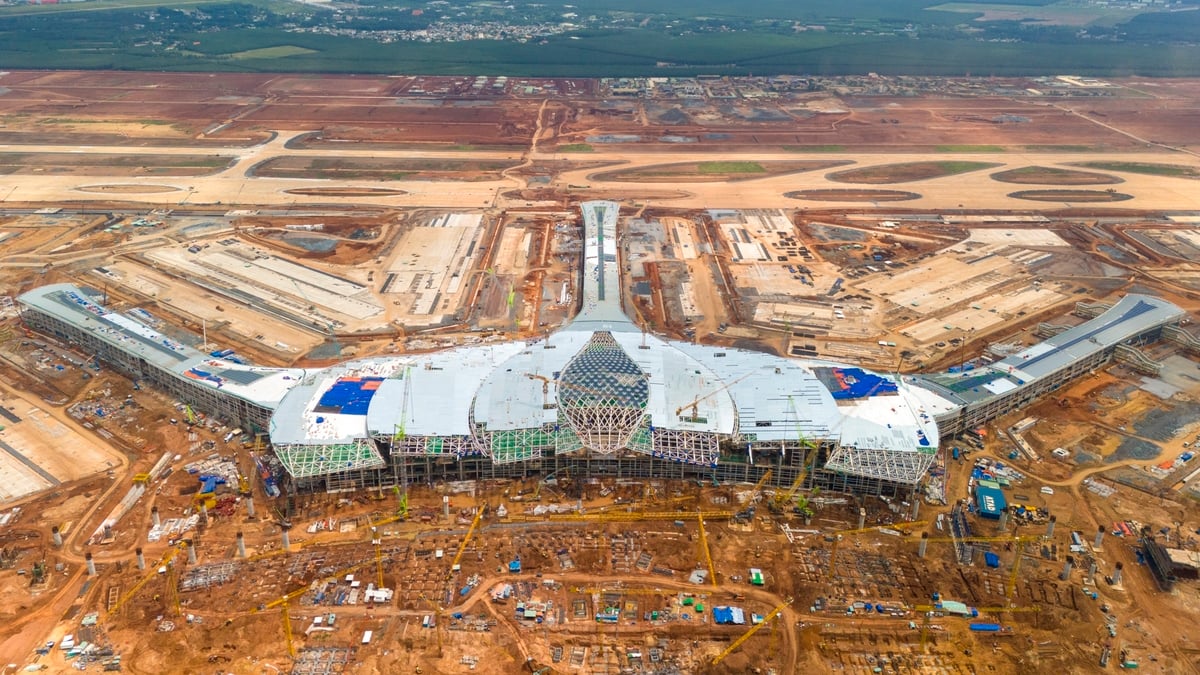This mission is part of the interdisciplinary project NODSSUM initiated by the French National Center for Scientific Research (CNRS), carried out from June 16 to July 10.
From the 1950s to the early 1990s, several European countries, including Belgium, France, Britain and Germany, secretly dumped about 200,000 barrels of radioactive waste into the deep sea in the middle of the North Atlantic.
At the time, this was seen as a "safe" solution to nuclear waste disposal in a context where technology was limited.
However, since 1993, dumping waste into the sea has been completely banned under international conventions due to the risk of environmental pollution.
With the help of the UlyX autonomous submersible robot of the French Oceanographic Fleet, scientists reached a depth of more than 4,000m and mapped the area suspected of containing waste. On the first dive, the robot discovered about 100 barrels, a surprising number since a similar operation in the 1980s found only 6 barrels.
After a month of surveying, the team collected more than 5,000 photos, of which 3,350 barrels of radioactive waste were identified, with 50 barrels being filmed up close. Some barrels even exploded during the process of being dropped into the sea, leading to radioactive leaks.
Images from the scene showed no living creatures around the leak points, clearly demonstrating the serious impact of the waste on the environment.
"When the red dots, representing the waste containers, appear on the map, we can trace the routes of the ships that dumped the waste, and isolate areas for sampling and further analysis," said CNRS nuclear measurement engineer Patrick Chardon.
In addition to mapping, the team also took samples of sediment, water, and marine life to assess the extent of radioactivity in the ecosystem. Notably, 17 grenadiers (a deep-sea fish that can live up to 60 years) were collected for analysis.
Some individuals may have survived from the time the waste containers began to be dumped into the sea, opening up the possibility of directly studying the effects of radiation on organisms over time.
A second scientific mission is now being planned, to continue investigating the potential for radioactive material to accumulate in the food chain at the bottom of the ocean.
The discovery of thousands of barrels of nuclear waste at the bottom of the ocean clearly shows the importance of science in unraveling traces left from the past. With the help of modern technology, people are gradually understanding more about what is happening at the bottom of the sea.
Source: https://tuoitre.vn/robot-nhin-thay-hang-ngan-thung-chat-thai-phong-xa-duoi-day-bac-dai-tay-duong-20250802063801946.htm



































































































Comment (0)